
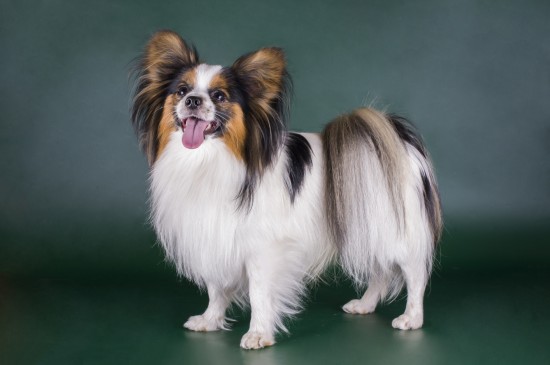
While some dogs seem to shed their fur prolifically all year round and others barely shed at all, all dogs go through a distinct process of hair growth and loss throughout the year. Some dogs shed regularly at a steady rate, while others will shed heavily during certain seasons, and a lot of this depends on the breeding of your dog, and what type of coat they possess. In order to get a handle on dog coat shedding and what to expect from it, first of all, you will need to understand the process of coat hair growth and how this works!
In this article, we will look at the process and stages of growth of the canine coat, and how and when shedding is likely to occur. Read on to learn more!
Before you can get a handle on when, how and why dogs shed their coat, first of all you will need to garner a basic understanding of the growth process of dog fur.
The coats of different dogs can come in various different textures from smooth to wiry to curled, long and short, and in some cases, with more than one type of hair present within the coat. Dogs are either single coated, with just one type of hair present, or double coated, with two distinct types of fur growing across their bodies. If your dog is single coated, their fur may be any one of a variety of types, but will be uniform across the body. With double coated dogs, their coats consist of a top layer of coat, known as guard hair or primary hair, which is designed to protect the undercoat and provide a layer of insulation against cold and wet. Underneath of this will be the secondary hair or undercoat, which is thick and soft, and designed to provide extra warmth during the cooler months of the year.
Regardless of the type of hair your dog has and if they have a double or a single coat, the hair of the dog goes through a four-stage process of growth and renewal. These four phases are explained simply below:
You might fairly assume that when the hairs of the dog are in the exogen phase, this is the process of shedding and the dog losing their coat for a new coat to come in its place, often tied to the changing of the seasons.
This is certainly true for some dogs, and some dogs go through very clearly delineated growth and shedding phases of their coats, blowing or heavily shedding their coats more or less in one go, a couple of times a year. Most double-coated dog breeds tend to shed seasonally, and over the course of two-three weeks a couple of times a year, will become a moving cloud of loose hair, shedding all over the home! This allows these breeds to either grow in warmer, thicker hairs in preparation for winter, or finer, cooler hairs in the spring and summer.
With dogs of these breeds and types, all of their coat hairs will tend to be in symphony in terms of their growth phase at any one time; the majority of the coat will either be in anagen, catagen, telogen or exogen simultaneously.
However, not all dogs grow and shed their hairs at a uniform rate, and some dogs that do not shed much at all, shed only lightly, or shed small amounts on an ongoing basis may have a rather staggered process of coat growth and renewal. If your dog does not go through a couple of phases of very heavy shedding over the course of the year, they probably fall into this category. This means that across the whole of the coat, different hairs are in any one of the four growth stages, leading to a staggered process of loss and renewal, although this will tend to become slightly more pronounced around the turn of the seasons.
The fact that our dogs today live with us within the domestic home instead of outside in the wild can actually affect the ways in which dogs grow and shed their coats, due to the artificial temperature modulations that domestic life causes! Central heating helps to maintain a warmer body temperature for the dog during the winter, and may modify or lessen the process of coat loss and growth in some breeds and types of dogs.
It is also not unheard of for pedigree dogs that are used for showing to be housed within a temperature-controlled environment, in order to manipulate the growth and shedding hair cycle to ensure that the dog is not shedding prolifically come show day!
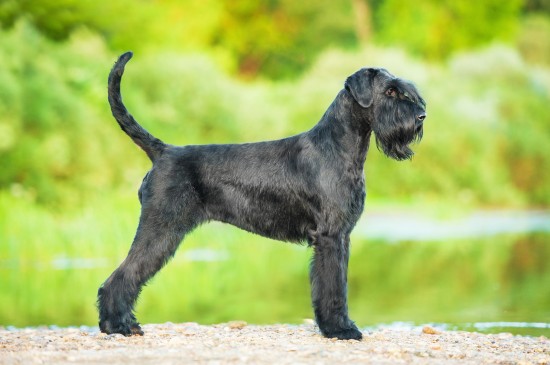 Is A Giant Schnauzer The Right Choice Of Dog For You?
Is A Giant Schnau
Is A Giant Schnauzer The Right Choice Of Dog For You?
Is A Giant Schnau
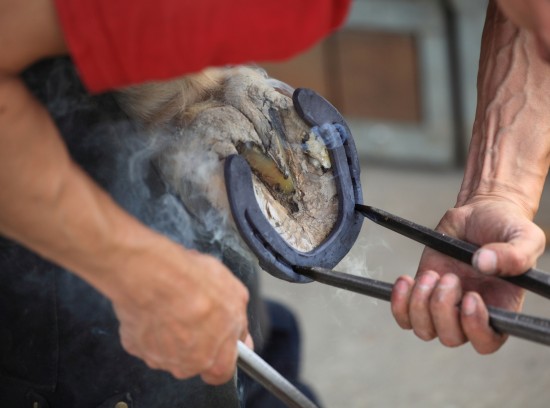 The Role Of The Farrier In Hoof Care
The Role Of The F
The Role Of The Farrier In Hoof Care
The Role Of The F
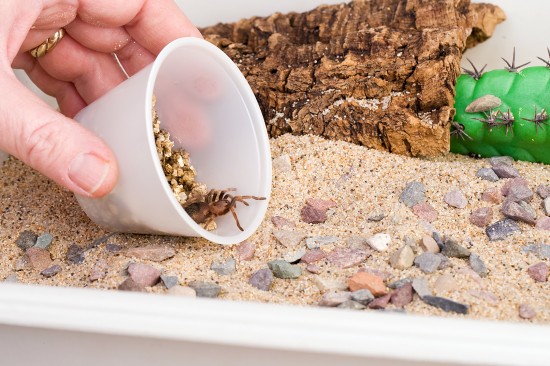 Should You Consider Breeding From Your Tarantula?
Should You Consid
Should You Consider Breeding From Your Tarantula?
Should You Consid
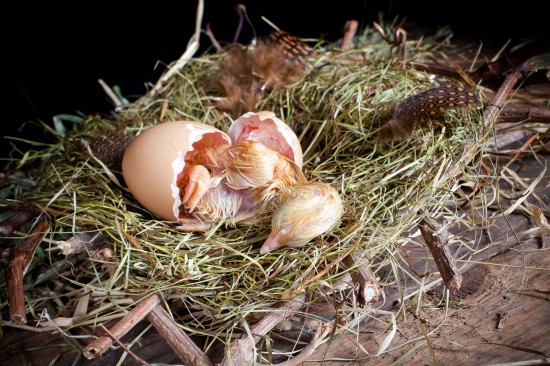 Omphalitis - A Condition That Affects Chicks
Omphalitis - A Co
Omphalitis - A Condition That Affects Chicks
Omphalitis - A Co
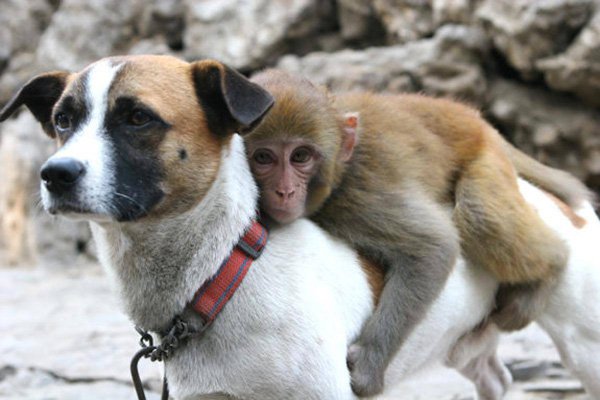 Horse Maintenance and Care: Top 5 Priorities
Horse Maintenance and Care: Top 5 Priorities
H
Horse Maintenance and Care: Top 5 Priorities
Horse Maintenance and Care: Top 5 Priorities
H
Copyright © 2005-2016 Pet Information All Rights Reserved
Contact us: www162date@outlook.com